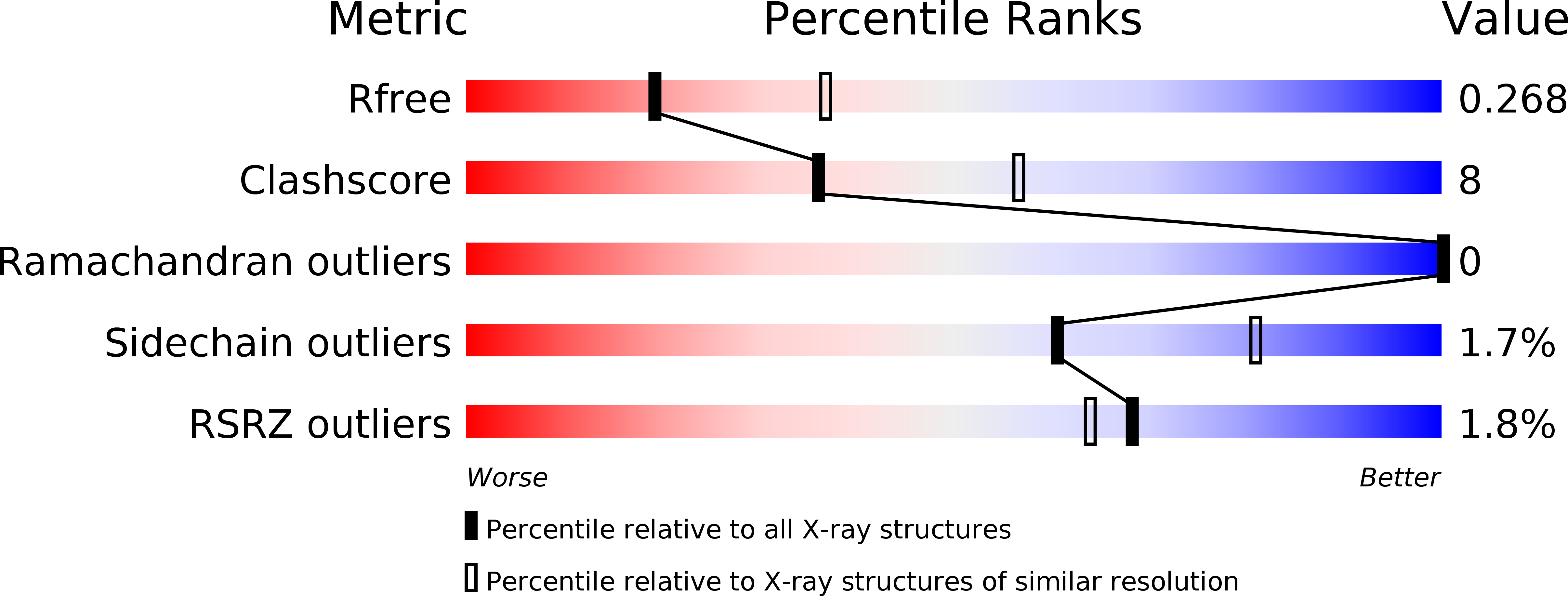
Deposition Date
2018-03-30
Release Date
2019-01-16
Last Version Date
2024-11-06
Entry Detail
Biological Source:
Source Organism:
Ricinus communis (Taxon ID: 3988)
Vicugna pacos (Taxon ID: 30538)
Vicugna pacos (Taxon ID: 30538)
Host Organism:
Method Details:
Experimental Method:
Resolution:
2.60 Å
R-Value Free:
0.26
R-Value Work:
0.22
R-Value Observed:
0.22
Space Group:
P 31


